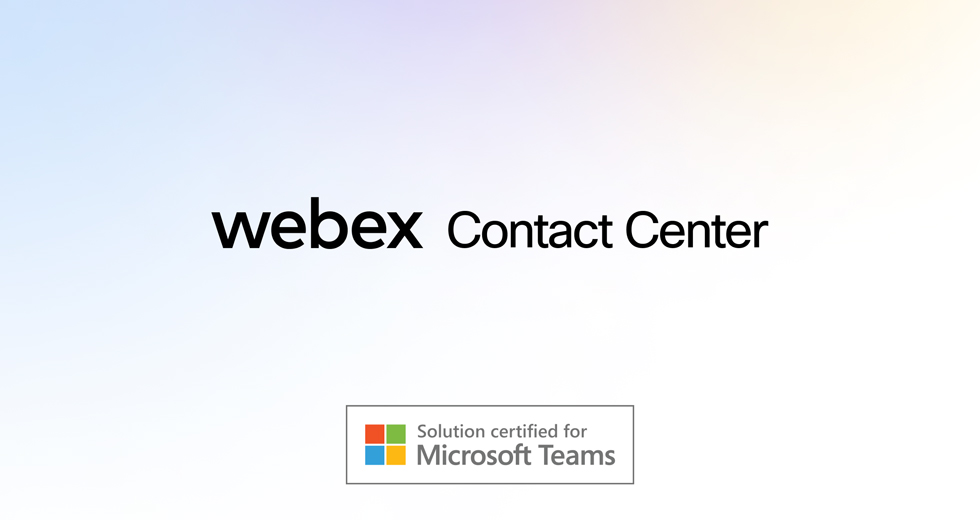As customers, we each have a vision in our minds that represents the best customer experience we’ve ever had, and we measure every future experience against that benchmark.
Recently I had an experience that many of us are familiar with. After calling my bank’s contact center with a request for one of my accounts, I was politely told “I’m sorry, I can’t reach your account manager at your regional branch office, who will need to authorize this request. Please call him at 1-866 instead”. When I did get through to my account manager, he then needed to check with the contact center agent I had just spoken with about why the account status was not able to be cleared, and that required yet another call, sending me in a seemingly endless circle.
At that point, what should have been a simple service request uncovered the organizational fragmentation that was so well hidden across my bank’s contact center and knowledge worker applications. Needless to say, it was not the best experience I ever had.
With the acceleration of digital automation across the customer engagement industry, how can we protect live service experiences, lower customer effort, and help engage an entire organization to provide service to customers?
Building bridges, not fences, for great customer experiences
One answer is to use the tools already on our desktops to break down the digital fences within organizations. Right now, I am writing this blog in Microsoft 365 and I can see the little green presence bubble in Office that lets my organization know that I am available to message, while Microsoft Word notifies my peers where I am working in this document.
At the same time, my Webex App is sharing the same presence in case someone needs to call or meet with me. Webex Contact Center for Microsoft Teams delivers this ease of collaboration between knowledge workers and agents in the contact center by extending collaboration tools and user context to individuals throughout the organization’s network.
The integration of Webex Contact Center with Microsoft Teams unifies content and user information with customer experience tools so that agents and knowledge workers can come together to provide delightful experiences to customers. The immediate impact of this solution can be seen in three ways:
1. Simplifying voice collaboration
Calling between knowledge workers and the contact center often is disconnected because organizations architected those experiences separately. One team designed the enterprise collaboration experience, while contact center architects optimized the agent experience for high-volume voice routing.
Because collaboration between contact center agents and knowledge workers wasn’t explicitly accounted for in this design, knowledge workers just end up calling the same numbers that customers would use to get support from their agent colleagues, resulting in long handle times in both the contact center and in the branch office. But the customer is already engaged with the agent, and now they are queued up again and waiting for another resource to come free. All of this leads to long resolution times, inefficiency for both the knowledge worker and the customer, and most importantly, a poor customer experience.
Webex Contact Center for Microsoft Teams delivers a unified voice experience for both knowledge workers and contact center agents. Knowledge workers can reach individual agents or entry points in the contact center from their Teams app. Likewise, agents using Webex Contact Center have the option to use Teams phone to support customers and collaborate with other knowledge workers.
Webex Contact Center’s cloud connectivity to Teams phone also ensures that agents who are using native Webex Calling services with Microsoft Teams can seamlessly connect to knowledge workers. The interoperability between Webex Contact Center and Teams eliminates the friction of engaging experts for real-time customer support across the enterprise.
2. Unlocking knowledge across the organization
Enterprise collaboration tools also create a new opportunity to unlock organizational knowledge by empowering workers to find each other faster. In the example I shared earlier, both the branch and contact center representatives had the knowledge and tools to support me, but each only had a piece of the puzzle. If those representatives were able to find each other at the moment in time when I needed help, the combined knowledge could have saved me a lot of effort navigating their organization.
Webex can provide a single view of an organization for agents by combining the insights of Microsoft Azure Active Directory with Webex Contact Center. If an agent has a complex issue that requires additional assistance, directory services can help engage the right resource at the right time for answers, or even live assistance. From the customer’s perspective, it feels like the entire organization is ready and capable to meet their need. And more importantly, the business gave them what they wanted – fast.
3. Are you there?
In addition to finding the right resources, agents and knowledge workers need to also understand whether someone is available to help. Webex solves this through the integration of Microsoft 365 presence into Webex Contact Center. By exposing the presence state of Teams users inside Webex Contact Center, Webex allows agents and knowledge workers to connect with the right individuals, with situational awareness of their availability, based on the urgency of their need.
Putting it all together
We all have ideas about what great customer experience means, and in my case, that idea includes a connected experience which is consistent and low effort across digital channels, in the branch, as well as the contact center. Unifying voice, directory services, and presence across organizational boundaries lays the foundation for delivering that vision.
Together, Webex Contact Center and Teams are providing new ways to connect people, knowledge, and ideas to allow great customer experiences to happen everywhere, not just in the contact center.
Additional resources
- Webex Contact Center product webpage
- Webex Contact Center for Microsoft Teams on Microsoft AppSource
- CX Today article: The Webex Contact Center Is Now Available to Microsoft Teams Users
- Video: Webex Calling integration with Microsoft Teams
- Blog: More choice and flexibility: Microsoft Teams Rooms for Cisco devices





